Mercat crosses a pillar of Scotland's historic towns
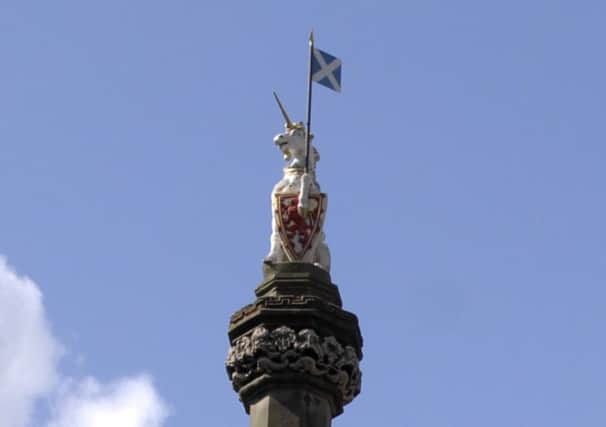

Mercat crosses have fulfilled a variety of civic roles over the centuries.
As the name suggests, they were first erected to display a burgh’s right to trade, as well as acting as a gathering place for townsfolk to hear important public announcements.
Advertisement
Hide AdAdvertisement
Hide AdWhen thousands of people crowded around the mercat cross in Edinburgh’s High Street in February 1952 to hear the proclamation of Queen Elizabeth II, they were taking part in a ritual dating back hundreds of years.
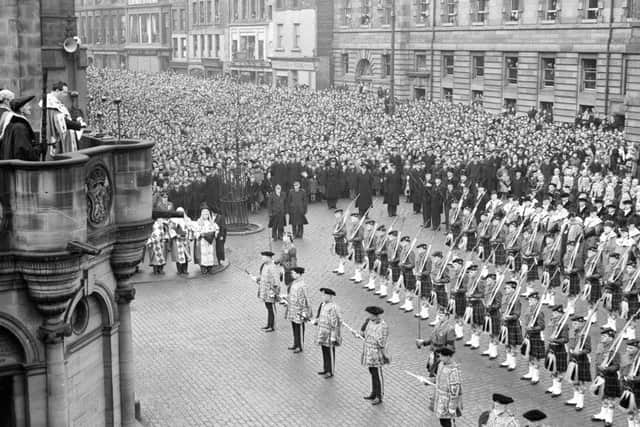

As late as the 17th century, criminals were regularly fixed to mercat crosses as punishment. The protestant reformer John Knox observed in 1565 that Sir James Tarbet was tied to the Edinburgh cross for four hours and pelted with eggs after being caught celebrating mass.
Far worse punishments were also meted out. A town’s gallows would usually be built alongside the cross, with remains of those executed strung from them as a deterrent.
But by the modern era such monuments were more likely viewed as obstructions to traffic rather than feared.
As recently as 2013, councillors voted in favour of moving Cupar’s historic mercat cross to allow lorries improved access to the town centre.
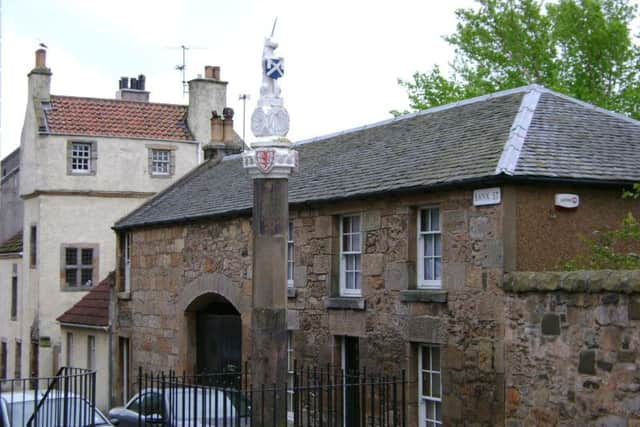

Frequent re-sitings and general neglect have caused untold damage to many of the 126 original crosses still standing.
But what makes the crosses so important?
“While market crosses are found in other parts of Britain, the architecture of the Scottish examples tends to differ from these in form, style and iconography,” Dr Lindsey J. Thomson wrote in a Robert Gordon University study of the structures.
Advertisement
Hide AdAdvertisement
Hide Ad“Documentary evidence suggests that this monument type existed by at least the 12th century in Scotland, although it is thought that these early examples were wooden.
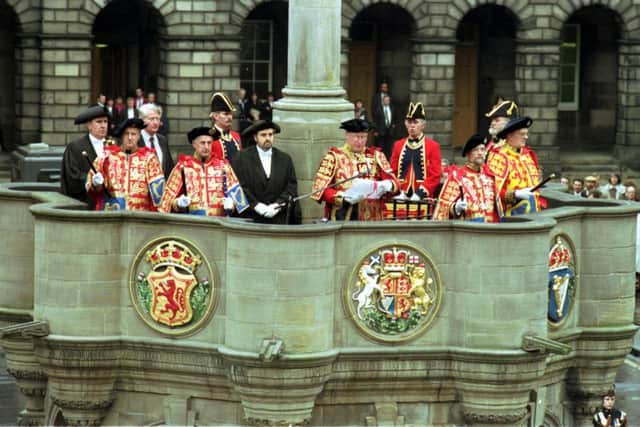

“Town council records refer to all manner of announcements, celebrations and grizzly punishments carried out at the market cross.”
Many are simple stone columns with plain decoration. But others are grand representations of the town’s status as a royal burgh - a charter granted by the king that allowed the community certain privileges. These crosses are topped with a carved unicorn, the ancient symbol of the Scots kingdom.
One of the finest royal mercat crosses can be found in Inverkeithing, Fife. Heraldic evidence suggests it was erected around the time of the marriage of David, Duke of Rothesay, son of King Robert III and Queen Annabella Drummond to Marjorie, daughter of the Earl of Douglas, in 1388.
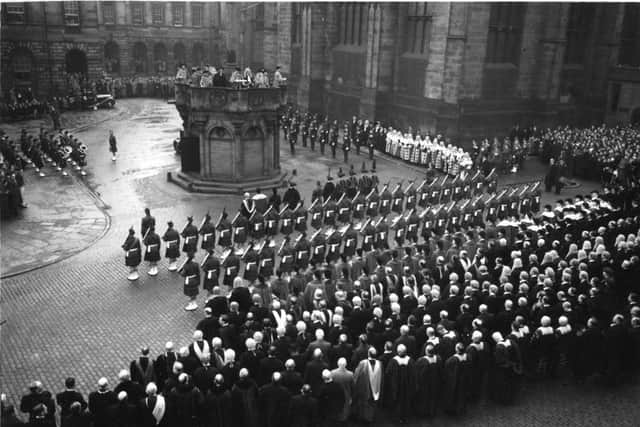

Its impressive unicorn finial was added in 1688 and is the work of John Boyd, a mason from South Queensferry. He is said to have completed the unicorn to secure his admittance to the Inverkeithing Trades Guildry.
The grand mercat cross in Edinburgh’s High Street is a more recent work. It was rebuilt in 1866, the original having been torn down in 1756.
In 1885, a new ‘crossroom’ - an octagonal base with a raised platform - was built underneath the cross. This was paid for William Gladstone, then MP for Midlothian, whose family hailed from Edinburgh.
Advertisement
Hide AdAdvertisement
Hide AdThe tympanum above its door features a Latin inscription composed by Gladstone himself. It read: “This ancient monument, the Cross of Edinburgh, which of old was set apart for public ceremonies, having been utterly destroyed by a misguided hand... and having been avenged as well as lamented, in song alike noble and manful, by that great man Walter Scott, has now, by favour of the Magistrates of the City, been restored by William Ewart Gladstone.”
The impressive cross today acts as a meeting place for toursits - and allows occassional public announcments to be made in considerable style.
